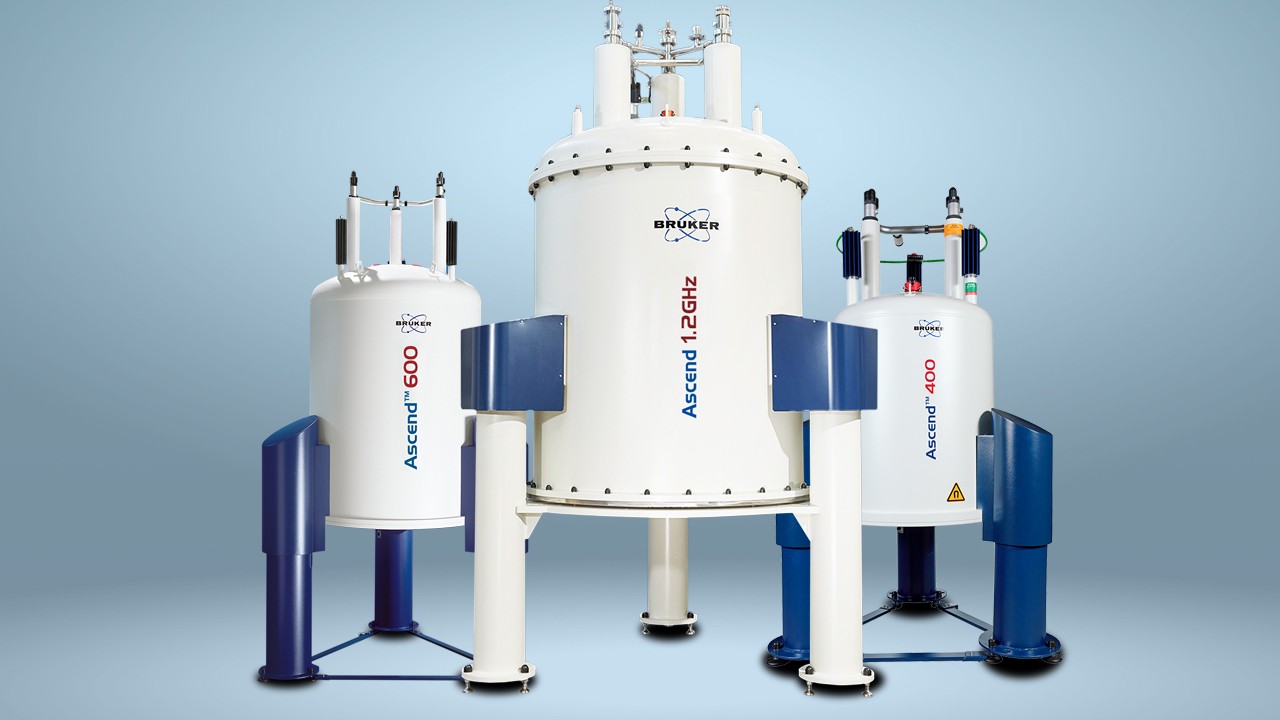

Characterization of Dendrobium Polysaccharide
“DDP could be explored as a natural immune-stimulating agent in the health and functional food area as well as pharmaceutical industries”
Dendrobium is a species of orchid that grows widely across many areas of China¹ There are around 30 varieties of dendrobium that are associated with health benefits². Indeed, dendrobium is regarded as the number one Chinese immortality herb. For thousands of years, people in southern China risked their lives to pick this revered traditional Chinese medicine from precarious cliff edges to help treat family members who were ill. It is still widely used in China today for many ailments, including fever, tuberculosis, inflammation, dyspepsia and cancer. It is also used as a tonic or food supplement to protect eyesight, improve appetite and digestion and promote longevity.
Clinical studies have confirmed that dendrobium does boost the immune system. In a study of 172 patients with chronic pharyngitis, a dendrobium-based remedy successfully cured 62 cases and improved a further 87 cases³. It has also been shown to help eradicate infections with Helicobacter pylori and tuberculosis. Efficacies against tumours and in regulating blood sugar levels have also been reported.
There is consequently much interest in determining the potential of using dendrobium in the development of novel pharmaceuticals.
Although there has been much research into the bioactive components of one of the more common dendrobium species, D. devonianum, this has been largely focussed on aromatic compounds, flavones and simple aromatic acids and esters1. There has been little research involving the plentiful polysaccharides, which confer its immuno-stimulatory activity⁴. Since the bioactivities of polysaccharides are typically determined by their structure and chemical properties, such as molecular size, constituent monosaccharides, conformations, and glycosidic linkages, it is important for such information to be determined for the D. devonianum polysaccharide⁵,⁶.
A recent study has provided details of the structural features and chemical properties of polysaccharide from D. devonianum7. In addition, it demonstrated the immunomodulatory activity of the polysaccharides in a macrophage model.
Samples of the D. devonianum polysaccharide were analysed by ¹H and ¹³C nuclear magnetic resonance (NMR) using a Bruker AVANCE™-400 NMR spectrometer. The molecular surface morphology of the D. devonianum polysaccharide was investigated using a Bruker BioScope™ Resolve atomic force microscope.
The molecular weights, polydispersity index, and radius of gyrations of D. devonianum polysaccharide were obtained. Subsequent application of the polymer solution theory revealed that the D. devonianum polysaccharide existed in a globular form in aqueous solution⁷. This was confirmed by the appearance of distinct spheres on atomic force microscopy analysis. There was minimal branching of the polysaccharide and there was no molecular aggregation. The polysaccharide was mannose rich characterized by β-1,4-D-Manp glycosidic linkages. There was some substitution with acetyl groups at O-2 or O-3 positions on some of the mannose residues.
Exposure of a macrophage model to the D. devonianum polysaccharide effectively promoted immune activity, including nitric oxide release and phagocytosis. The authors postulated that the high mannose content of the D. devonianum polysaccharide may contribute to its immunomodulatory activity.
This additional knowledge regarding chemical characteristics and pharmacological activities of polysaccharide from D. devonianum will help further understanding of its structure-bioactivity relationship. This in turn may help the development of D. devonianum-containing functional foods and even pharmaceuticals.
References
- Sun J, et al. Natural Product Research 2014;28(21):1900–1905.
- Ng TB, et al. Applied Microbiology and Biotechnology 2012;93(5):1795–1803.
- Liao Ning Zhong Yi Za Zhi (Liaoning Journal of Traditional Chinese Medicine) 1992;3:31.
- Xing X, et al. Bioactive Carbohydrates and Dietary Fibre 2013;1(2):131–147.
- Ferreira SS, et al. Carbohydrate Polymers 2015;132:378–396.
- Tong L, et al. RSC Advances 2016;6(46):40250–40257.
- Deng et al. Carbohydrate Polymers 2018;180:238–245.


